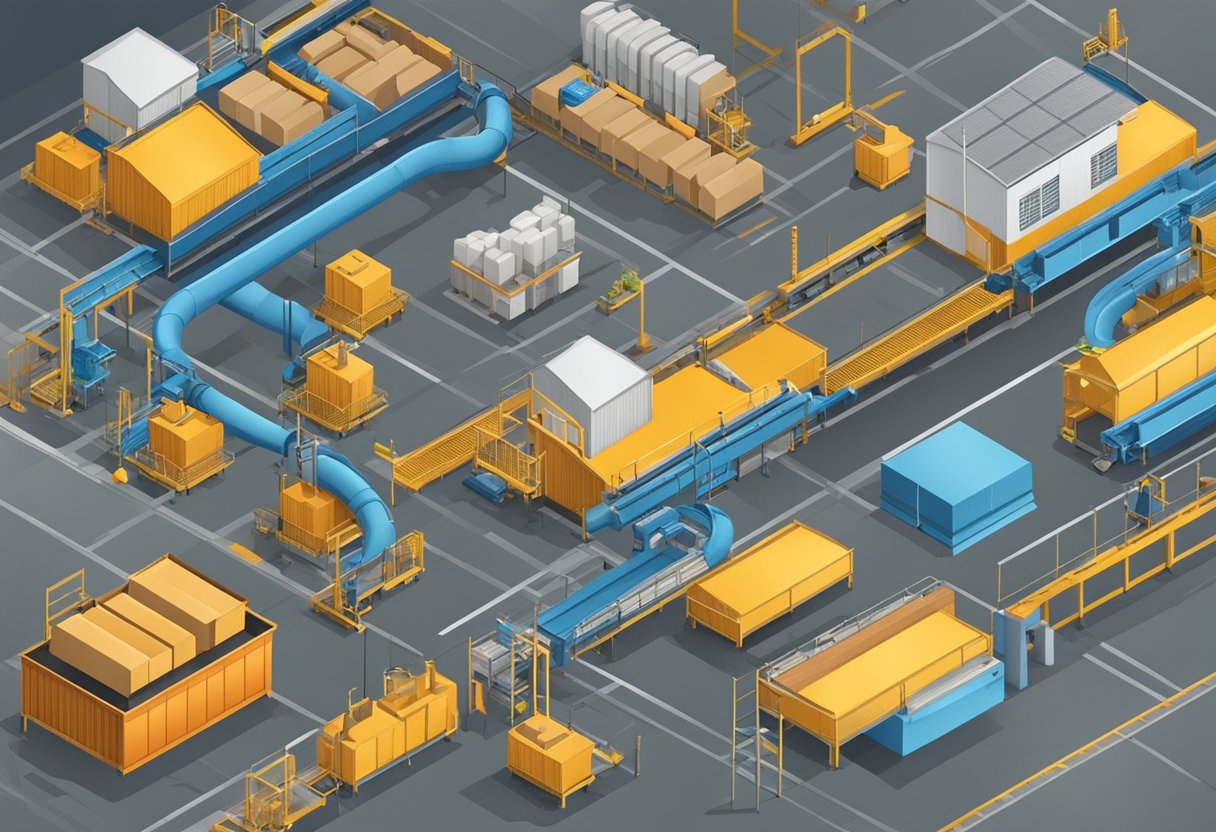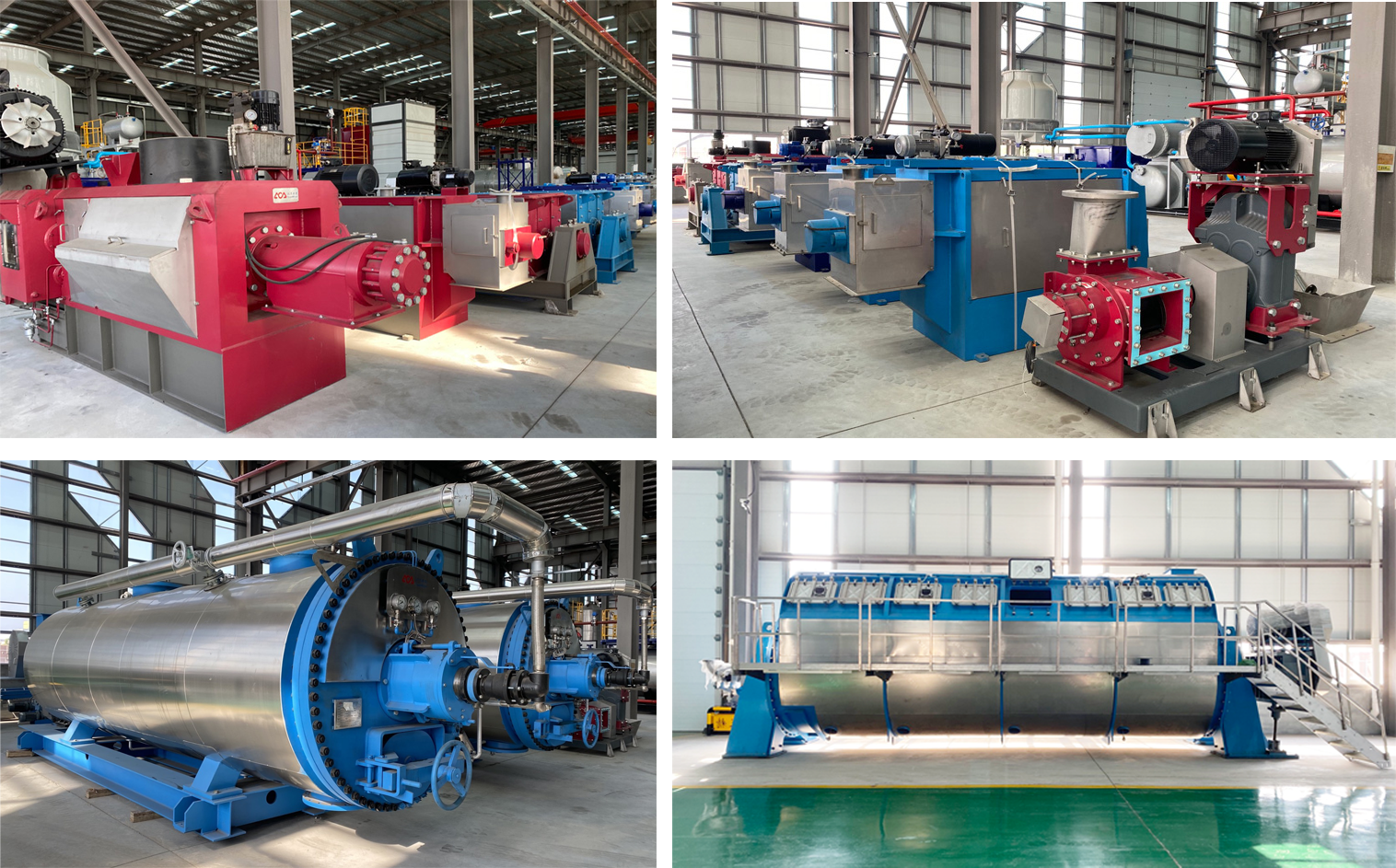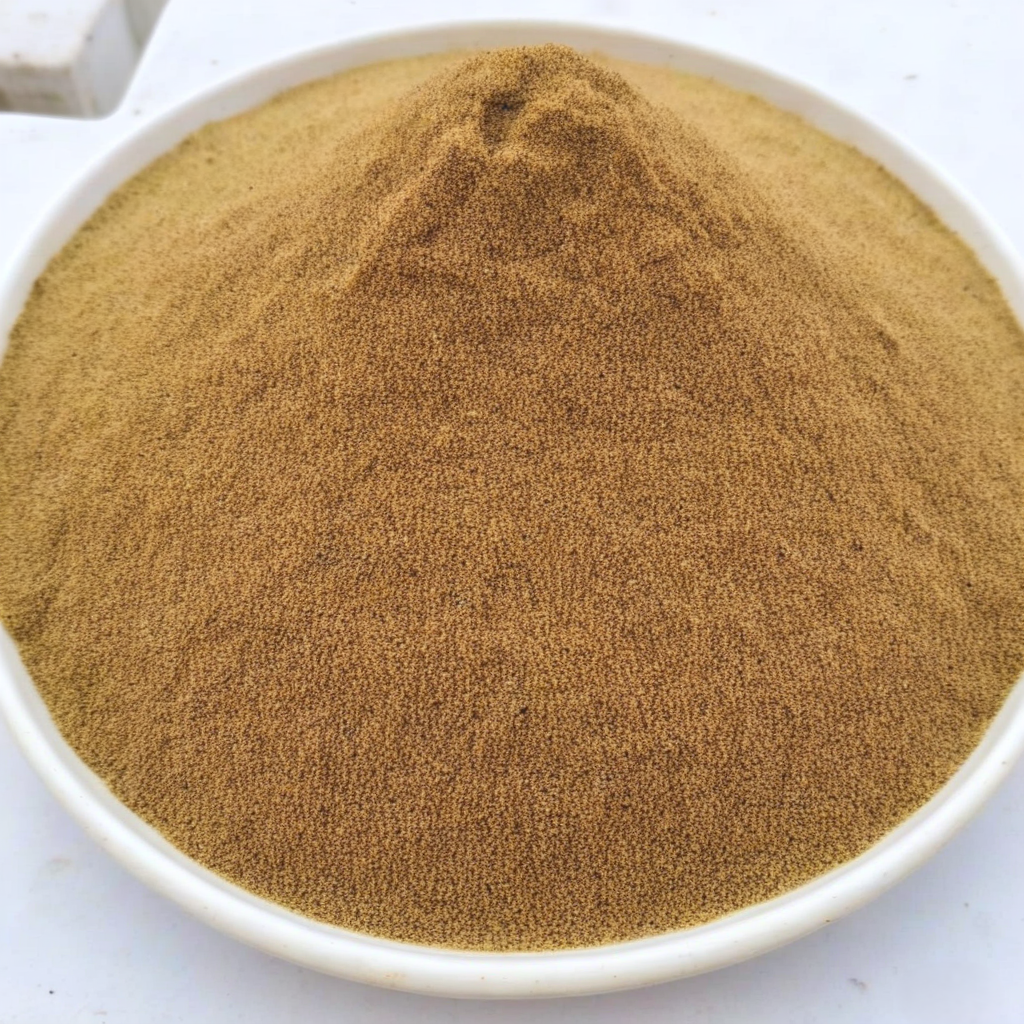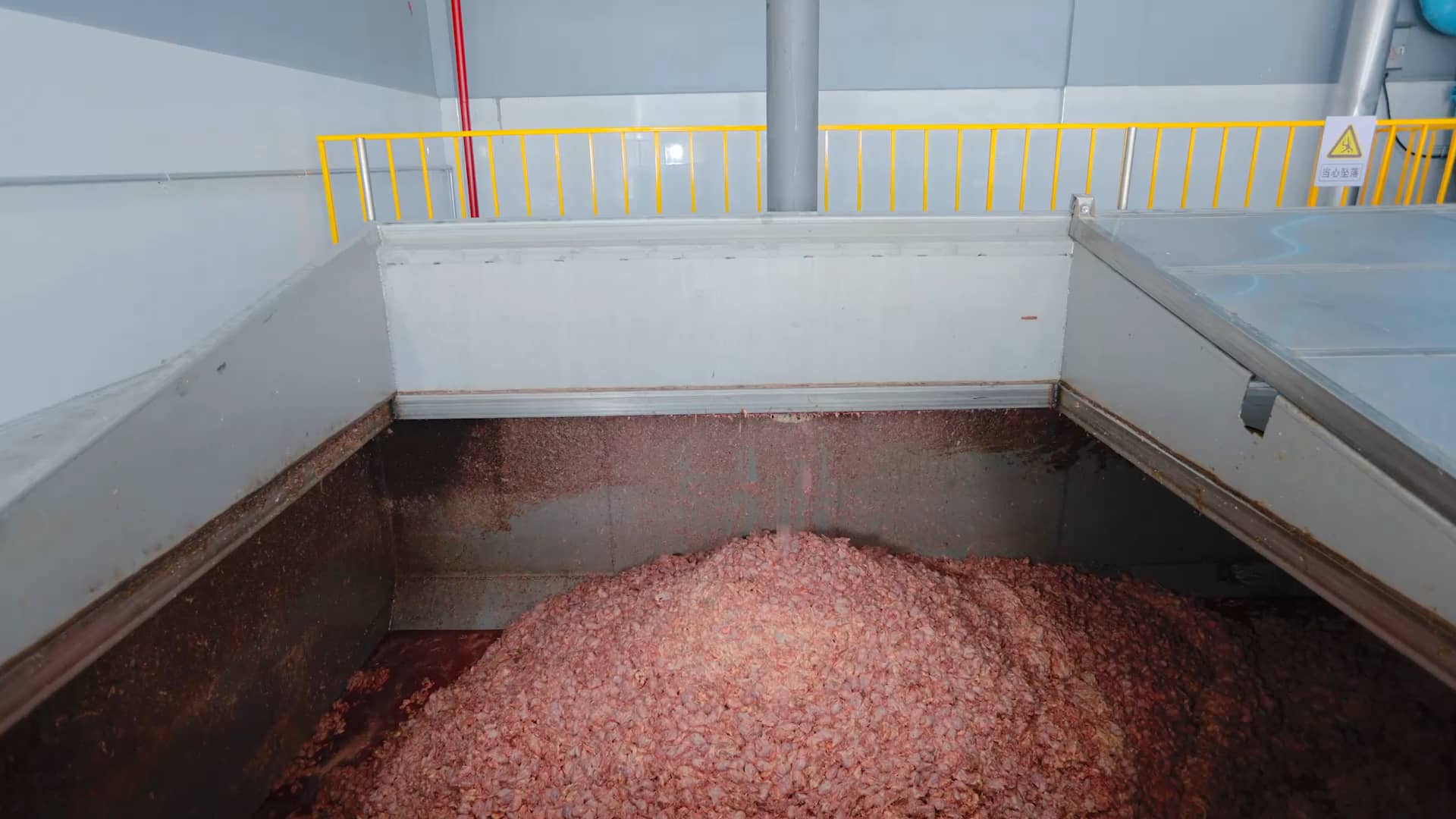
Rosca Transportadoras: The Ultimate Guide to Screw Conveyors
Rosca Transportadoras: The Ultimate Guide to Screw Conveyors
Rosca transportadoras, also known as screw conveyors, are a type of mechanical conveying system used to move bulk materials from one location to another. They are commonly used in industries such as agriculture, food processing, and mining. The design of a screw conveyor consists of a rotating screw inside a trough or tube, which moves the material along the length of the conveyor.

The screw conveyor’s versatility and efficiency have made it a popular choice for material handling. They can be used to transport a wide range of materials, including powders, granules, and even liquids. The design of the screw can be customized to meet specific material handling requirements, such as the angle of inclination, screw diameter, and pitch. This allows for precise control over the flow rate and discharge of the material.
Overview of Rosca Transportadoras

Rosca Transportadoras, also known as screw conveyors, are a type of mechanical conveying system used to move bulk materials from one place to another. They are commonly used in industries such as agriculture, food processing, mining, and wastewater treatment.
The design of a Rosca Transportadoras consists of a rotating helical screw blade, which is usually housed inside a tube or trough. As the screw rotates, it moves the material along the length of the tube or trough. The screw can be inclined or vertical, depending on the application.
One of the main advantages of Rosca Transportadoras is their ability to handle a wide range of materials, from fine powders to large chunks of material. They are also versatile and can be used for horizontal, inclined, or vertical conveying.
Rosca Transportadoras are available in different sizes and configurations, depending on the specific application. They can be designed to handle different capacities, temperatures, and pressures. They can also be made from different materials, such as stainless steel or carbon steel, depending on the material being conveyed and the environment in which they are used.
Overall, Rosca Transportadoras are a reliable and efficient way to move bulk materials from one place to another. They are widely used in many industries and can be customized to meet specific requirements.
Design and Manufacturing

Material Selection
Rosca transportadoras are designed and manufactured using a variety of materials, each with its own unique properties. The selection of materials is an important consideration in the design process, as it affects the durability, strength, and performance of the conveyor.
Common materials used in the construction of rosca transportadoras include stainless steel, carbon steel, and aluminum. Stainless steel is often used due to its resistance to corrosion and high strength-to-weight ratio. Carbon steel is a cost-effective option that offers high strength and durability, while aluminum is lightweight and easy to handle.
Structural Design
The structural design of rosca transportadoras is critical to ensure the conveyor can withstand the demands of its intended application. The design must take into consideration factors such as load capacity, conveyor speed, and environmental conditions.
The conveyor structure is typically comprised of a series of frames, supports, and rollers. The frames are designed to provide support and stability, while the rollers facilitate the movement of materials along the conveyor. The design of the frames and supports must be carefully considered to ensure they can handle the weight and movement of the materials being transported.
Manufacturing Processes
The manufacturing of rosca transportadoras involves a range of processes, including cutting, welding, and assembly. These processes are carried out using advanced machinery and equipment to ensure precision and accuracy.
Cutting is typically performed using a laser or plasma cutter, which allows for precise cuts and reduces the risk of errors. Welding is used to join the various components of the conveyor, and is performed using a variety of techniques such as MIG, TIG, or stick welding.
Assembly of the conveyor is typically carried out in a dedicated manufacturing facility, where skilled technicians carefully assemble and test each component to ensure it meets the required specifications. Quality control is a critical part of the manufacturing process, and involves rigorous testing and inspection to ensure the conveyor is safe, reliable, and meets all relevant industry standards.
Types of Rosca Transportadoras

Flexible Screw Conveyors
Flexible screw conveyors are a type of Rosca Transportadora that uses a rotating spiral to move materials through a flexible tube. These conveyors are ideal for transporting materials that are free-flowing and non-abrasive, such as powders, granules, and pellets. Flexible screw conveyors are easy to install and operate, and they require minimal maintenance. They are commonly used in the food, chemical, and pharmaceutical industries.
Shaftless Screw Conveyors
Shaftless screw conveyors are another type of Rosca Transportadora that uses a spiral to move materials through a trough. Unlike flexible screw conveyors, shaftless screw conveyors do not have a central shaft, which makes them ideal for transporting sticky and viscous materials. They are commonly used in wastewater treatment plants, as well as in the pulp and paper industry.
Vertical Screw Conveyors
Vertical screw conveyors are a type of Rosca Transportadora that is used to transport materials vertically. They are commonly used in the agricultural industry to transport grains and seeds to silos and storage bins. Vertical screw conveyors are also used in the construction industry to transport cement and other materials to high elevations.
Overall, Rosca Transportadoras are versatile and efficient machines that are used in a variety of industries to transport materials. By selecting the appropriate type of Rosca Transportadora for the specific application, companies can increase efficiency and reduce costs.
Operational Principles
Conveying Mechanism
Rosca transportadoras are designed to move bulk materials from one location to another using a rotating screw mechanism. The screw is typically made from a durable metal, such as stainless steel, and is mounted within a trough or tube. As the screw rotates, it moves the material along the length of the trough, ultimately depositing it at the desired location.
The design of the screw can vary depending on the specific application, with some screws featuring a more aggressive pitch to move materials quickly, while others have a gentler pitch to handle more delicate materials. Additionally, the screw can be designed to operate in either a horizontal or vertical orientation, depending on the space constraints of the application.
Control and Regulation
To ensure proper operation of the rosca transportadoras, a variety of control and regulation mechanisms are typically employed. These can include sensors to monitor the level of material within the trough, as well as controls to adjust the speed of the screw to maintain a consistent flow rate.
In addition, many rosca transportadoras are equipped with safety features to prevent damage or injury in the event of a malfunction. These can include emergency stop buttons, overload protection, and interlocks to prevent operation when certain safety conditions are not met.
Overall, the operational principles of rosca transportadoras are relatively simple, yet highly effective. By utilizing a rotating screw mechanism and a variety of control and regulation mechanisms, these conveyors are able to move bulk materials with ease and efficiency.
Applications and Uses
Rosca transportadoras, also known as screw conveyors, have a wide range of applications across various industries. They are used to move materials in a controlled manner from one point to another, making them an essential part of many industrial processes. In this section, we will explore some of the common applications and uses of rosca transportadoras.
Agriculture
In the agriculture industry, rosca transportadoras are used to move grains, seeds, and other agricultural products from one location to another. They can be used to transport materials from storage facilities to processing plants, or from one part of a field to another. Rosca transportadoras are particularly useful in situations where the material being transported is fragile or easily damaged, as they can move the material gently and without causing any damage.
Food Industry
The food industry is another area where rosca transportadoras are widely used. They are used to move food products such as flour, sugar, and spices from one part of the production process to another. Rosca transportadoras are particularly useful in situations where hygiene is a concern, as they can be easily cleaned and sanitized. They are also useful in situations where the material being transported is sticky or prone to clumping, as they can move the material without causing any blockages.
Pharmaceuticals
In the pharmaceutical industry, rosca transportadoras are used to move powders, granules, and other materials from one part of the production process to another. They are particularly useful in situations where the material being transported is sensitive to heat or pressure, as they can move the material gently and without causing any damage. Rosca transportadoras are also useful in situations where accuracy is important, as they can be calibrated to move a precise amount of material at a time.
Overall, rosca transportadoras are an essential part of many industrial processes. They are versatile, reliable, and can be used in a wide range of industries and applications.
Installation and Maintenance
Installation Guidelines
When installing a rosca transportadora, it is important to first ensure that the installation site is suitable for the equipment. The site should be level and free of obstructions that could interfere with the operation of the equipment.
The next step is to assemble the equipment according to the manufacturer’s instructions. This will typically involve attaching the frame, conveyor belt, and motor. It is important to ensure that all bolts and screws are tightened to the manufacturer’s specifications.
Once the equipment is assembled, it should be tested to ensure that it is operating correctly. This may involve running the equipment with a test load to ensure that it is capable of handling the required capacity.
Routine Maintenance
To ensure that a rosca transportadora continues to operate correctly, it is important to perform routine maintenance. This may involve inspecting the equipment for wear and tear, checking the tension of the conveyor belt, and lubricating moving parts.
It is also important to keep the equipment clean to prevent the buildup of debris that could interfere with the operation of the equipment. This may involve using a vacuum or compressed air to remove debris from the conveyor belt and other parts of the equipment.
Troubleshooting
If a rosca transportadora is not operating correctly, there are a number of troubleshooting steps that can be taken. These may include checking the tension of the conveyor belt, inspecting the motor for damage, and checking for obstructions in the equipment.
If the problem cannot be resolved through troubleshooting, it may be necessary to contact the manufacturer for assistance. They may be able to provide guidance on how to resolve the issue or may need to send a technician to repair the equipment.
Overall, by following proper installation and maintenance guidelines, a rosca transportadora can provide reliable and efficient transportation of materials.
Safety and Compliance
Safety Standards
Rosca transportadoras are designed with safety as a top priority. They are built to meet or exceed industry safety standards, including OSHA and ANSI regulations. The machines are equipped with safety features such as emergency stop buttons, safety interlocks, and guards to prevent access to moving parts.
In addition to these safety features, operators are required to undergo training on the proper use and maintenance of the equipment. This training ensures that they are aware of potential hazards and know how to operate the machine safely.
Regulatory Compliance
Rosca transportadoras are also designed to meet regulatory compliance standards. This includes compliance with local, state, and federal regulations related to workplace safety and equipment operation.
The machines are inspected and certified by regulatory agencies to ensure that they meet all necessary requirements. This certification process includes testing for safety, reliability, and performance.
Compliance with regulations is essential to ensure that the machines are safe and reliable for use in industrial settings. It also helps to prevent accidents and injuries, protecting both workers and the environment.
Overall, rosca transportadoras are designed with safety and compliance in mind. They are built to meet or exceed industry standards and are subject to rigorous testing and certification processes. Operators are trained to use the machines safely, and compliance with regulations is essential to ensure their safety and reliability.
Innovations and Advancements
Automation and Control Systems
Rosca transportadoras have come a long way in terms of automation and control systems. With advancements in technology, manufacturers have been able to integrate sophisticated automation systems into their conveyors, which allow for precise control over the movement of materials.
One of the key benefits of automation is the ability to monitor and control the speed and flow of materials, which helps to reduce errors and increase efficiency. Additionally, automation systems can be programmed to detect and respond to potential issues, such as jams or blockages, before they cause any damage or downtime.
Another important advancement in automation is the integration of sensors and other monitoring devices. These devices can be used to track the movement of materials, measure their weight and volume, and detect any abnormalities or inconsistencies. This information can then be used to optimize the performance of the conveyor, as well as to identify any potential maintenance issues before they become major problems.
Material Advancements
In addition to advancements in automation and control systems, there have also been significant material advancements in the design and construction of rosca transportadoras. One of the most notable advancements has been the development of new materials that are stronger, more durable, and more resistant to wear and tear.
For example, many manufacturers are now using high-strength alloys and composite materials in the construction of their conveyors, which helps to reduce the weight and increase the strength of the conveyor. Additionally, these materials are often more resistant to corrosion and other forms of damage, which can help to extend the lifespan of the conveyor.
Another important material advancement has been the development of new coatings and surface treatments. These coatings can be used to improve the friction and adhesion properties of the conveyor, which helps to reduce the risk of slippage and other issues. Additionally, these coatings can be used to protect the conveyor from damage caused by abrasion, corrosion, and other forms of wear and tear.



